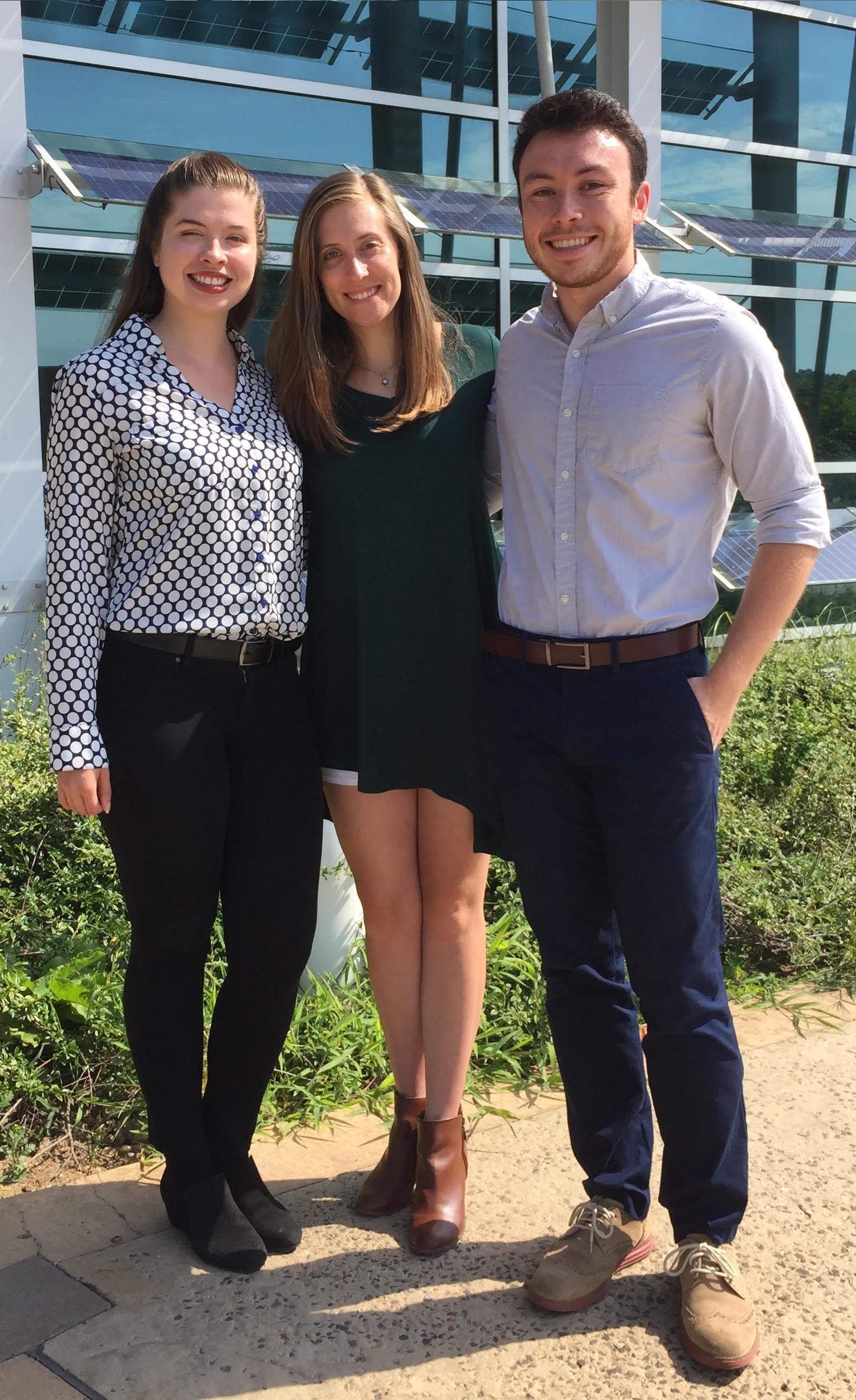A Unique Postgraduate Path For Team Takeuchi

At Stony Brook University and elsewhere, many PhD candidates learn at the feet of great masters of science, literature and more.
But not many are fortunate enough to come under the wing of an all-time legend – a renowned researcher already regarded as a giant, yet still at the monumental height of her groundbreaking greatness.
Esther Takeuchi checks off those boxes and more. The Distinguished Professor of Chemistry and Materials Science at Stony Brook University and chief scientist at Brookhaven National Laboratory is known globally as a pioneer of energy-storage systems, particularly for biomedical applications.
Professor Takeuchi explains that the research is very much a team effort and collaboration. The students are all jointly mentored by Distinguished Professor Kenneth Takeuchi and Research Professor Amy Marschilok. As battery science is multi-disciplinary, the expertise of K. Takeuchi and A. Marschilok is invaluable. Further, the group benefits from the interaction of Brookhaven Assistant Scientists Lei Wang and David Bock who are also integral members of the energy storage effort.
And for a team of Spring 2022 PhD candidates working behind the scenes on the guru’s myriad battery-based sciences, this is the time of their post-graduate lives.
Understandably, advancing battery technologies and overall energy-storage sciences requires deep understanding of multiple disciplines. So, it’s no surprise to find that the members of Dr. Takeuchi’s graduate-researcher brigade – while sharing several common traits – each boasts a unique scientific specialty.
Christopher Tang, for instance, studies new materials that might lend themselves to rechargeable battery systems – a grid-level research project that gets into the changing microscopic makeup of different substances as they charge and discharge.
Tang, who earned his bachelor’s degree in materials science and engineering magna cum laude from the University of Arizona, recently co-authored a paper exploring the energy-storage potential of vanadium oxide, which can be triggered to change phases of matter at various temperatures.
Research at such lofty levels level is not easy – but it’s easier, Tang notes, working for a superstar like Dr. Takeuchi.
“It’s nice having someone with her experience,” he says. “Not only in terms of asking fundamental questions but talking about how her experience in industry ties into the research component.”
It’s been a similar experience for Mikaela Dunkin, a summa cum laude (physics and biochemistry) from Central College who focuses mostly on the homogeneity of batteries – that is, how a battery’s component materials behave and change over their lifetime – with an eye on improving their longevity and performance.
While Dr. Takeuchi is undeniably busy – “She’s asked to visit different labs and travels a lot,” Dunkin notes – she’s also “very communicative,” according to the graduate researcher, who sometimes follows her mentor from the SBU campus to the friendly confines of BNL, where the National Synchrotron Light Source II (NSLS-II) and other cutting-edge tools await.
“We can always reach out with questions,” Dunkin says. “And she always gives some pretty good advice on where to look, or what to read, or whom else in the group to ask, because they might have prior experience with that.”
Both Dunkin and Tang also praised life in the Advanced Energy Research and Technology Center, where much of Team Takeuchi’s bench science takes place – a tune also hummed by researcher Alison McCarthy, whose graduate focus is on scaling up battery technologies.
“The energy center is really cool, because we have a lot of the facilities we need right there,” notes McCarthy, who earned her bachelor’s degree in mechanical engineering cum laude from the College of New Jersey. “We have access to cutting-edge stuff like the transmission electron microscope and we even have a dry room, where we can handle materials out in the air.”
Such advantages are priceless to a researcher like McCarthy, whose work is both delicate and critical to the future of large-scale power storage.
“Batteries are not like other technologies, where you just scale up,” she says. “The chemistry of it changes as you need higher power, or you need the battery to last longer. It all depends on what you need.”
Like the other researchers lucky enough to learn directly from Dr. Takeuchi, the three PhD candidates recognize the unique opportunities their particular postgraduate paths have provided – not only squiring (scientifically) for a living legend, but doing so alongside other big brains at some of the world’s most highly regarded R&D facilities.
“We’re actually a pretty big team, but we work together well,” Dunkin notes. “The university facilities are excellent, and Brookhaven Lab is so convenient … if you want to run a really big experiment on the [NSLS-II], you can.”
And the perks don’t stop there, according to Tang.
“It’s fun when you tell people who you work for,” he says, “and they know who it is.”
